Rare Photographs Reveal the Honorable History of Japan’s Samurai
Japan’s samurai were among the most powerful warriors of their time, rising through the ranks of society to become rulers in their own right. Not only were they fierce fighters, scholars and protectors in Feudal Japan, they were also leaders who helped shaped the country into what we know it to be today.
Early samurai were the servants of rulers
The term “samurai” roughly translates to “those who serve.” These warriors began as armed supporters of wealthy landowners between 794-1185 CE, during the Heian Period. They’d left the imperial court in search of their own fortune following the rise of the Fujiwara clan, a family of regents who held control until the restoration of imperial rule in Japan in 1868.
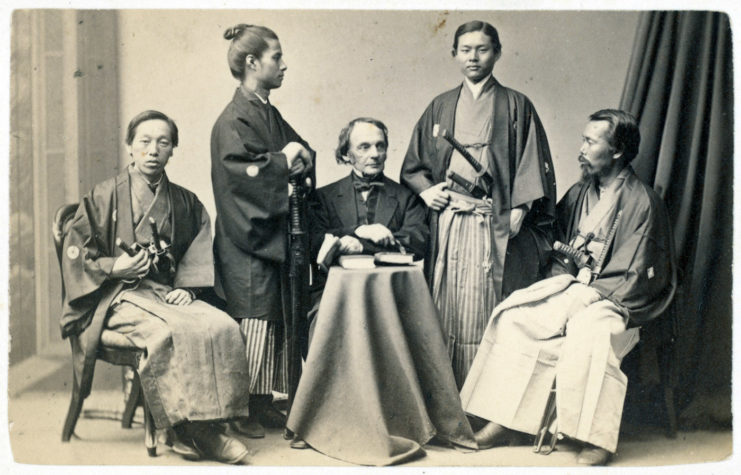
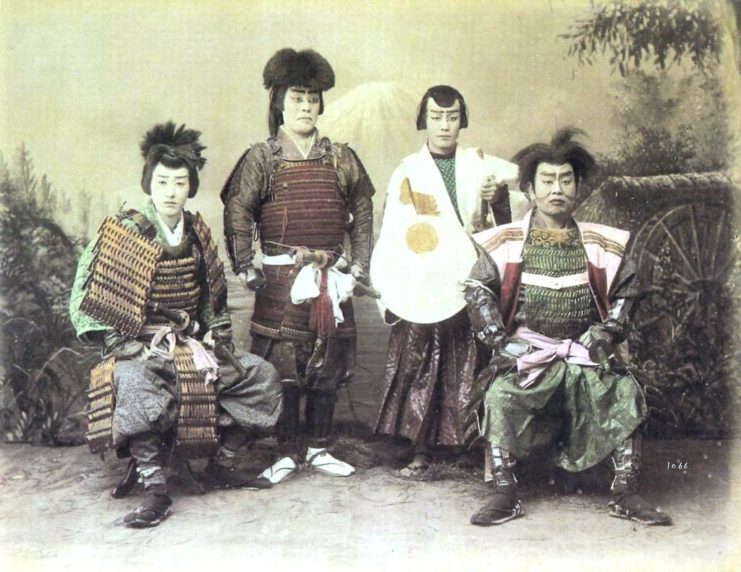
The samurai soon evolved into powerful landowners in their own right. Toward the end of the Heian Period, power in Feudal Japan began to shift from the emperor and his nobles to the heads of clans with large land holdings and resources.
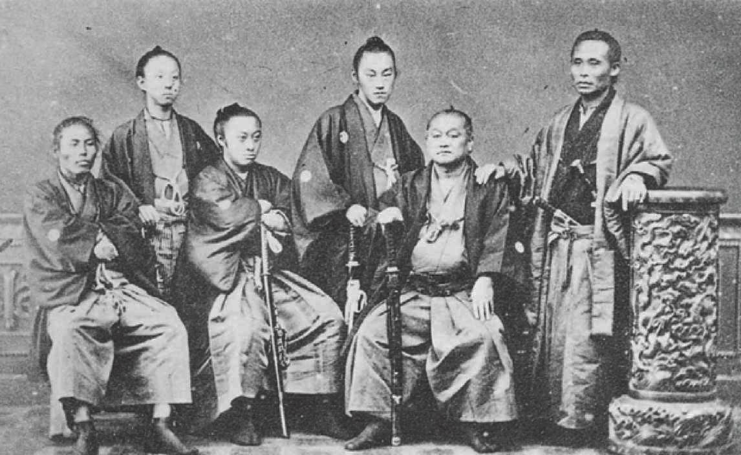
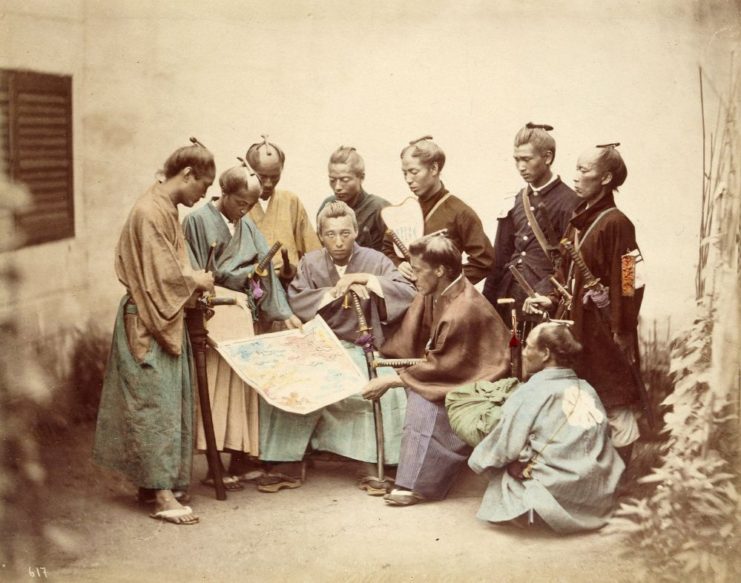
At the outbreak of the Genpei War, also known as the Jishō-Juei War, in 1180, two great clans, the Taira and Minamoto, fought for control of Japan. The conflict began following the 1179 coup d’état by the Taira, which saw the removal and banishment of the clan’s government rivals.
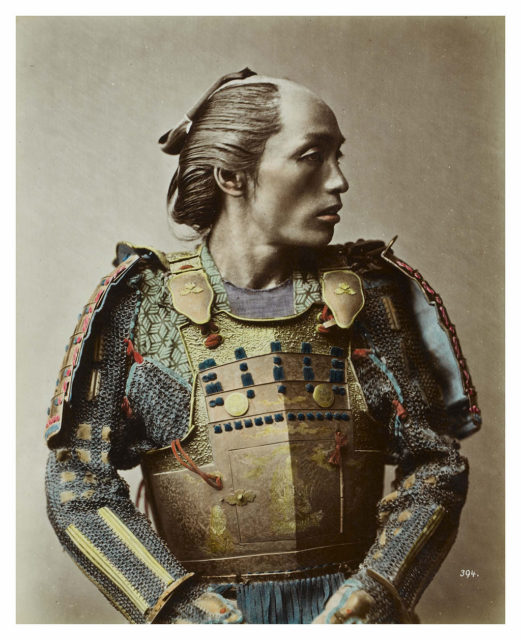
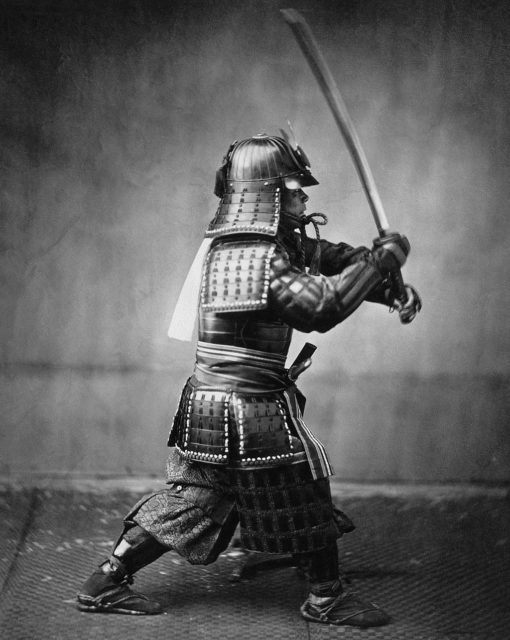
What ensued was a five-year war that came to an end following the Battle of Dan-no-ura, when the forces led by Minamoto no Yoshitsune, one of the most famous samurai in Japanese history, defeated the Taira.
Rise of the samurai
Following the conclusion of the Genpei War, Miniamoto no Yoshitsune was driven into exile by his half-brother, Minamoto no Yoritomo, who established the first shogunate in Japan – a hereditary military dictatorship led by the Sei-i Taishōgun (someone akin to an emperor). It was through this system that the samurai became some of the wealthiest and most powerful individuals in Japan.
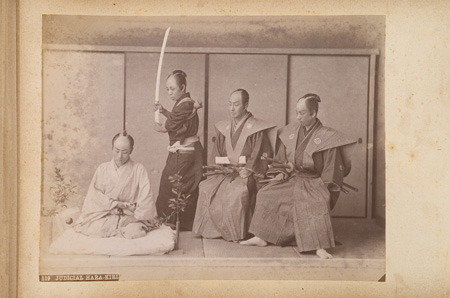
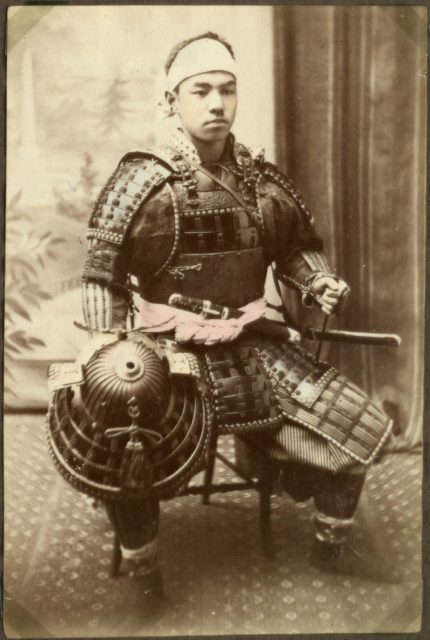
The samurai crafted much of their culture around the significance of the sword; it was in the weapon that a man’s honor resided. Given this, the blades were carefully hammered and inlaid with gold and silver. The handgrips, which were made from sharkskin, also featured impressive detail.
The samurai beliefs surrounding swords sparked a tradition of careful and elaborate craftsmanship, which spread to their armor and other weapons in their arsenal, becoming a key component of their image.
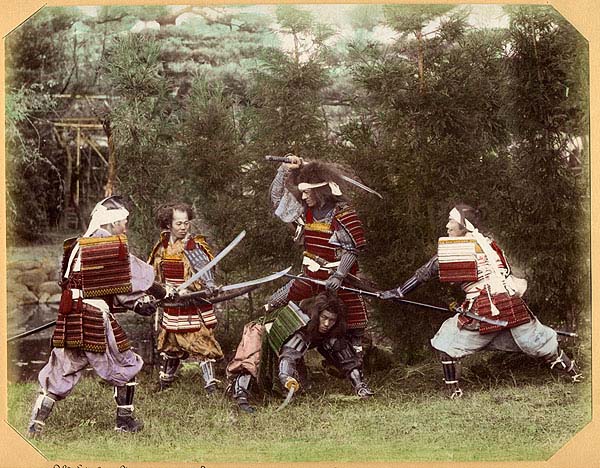
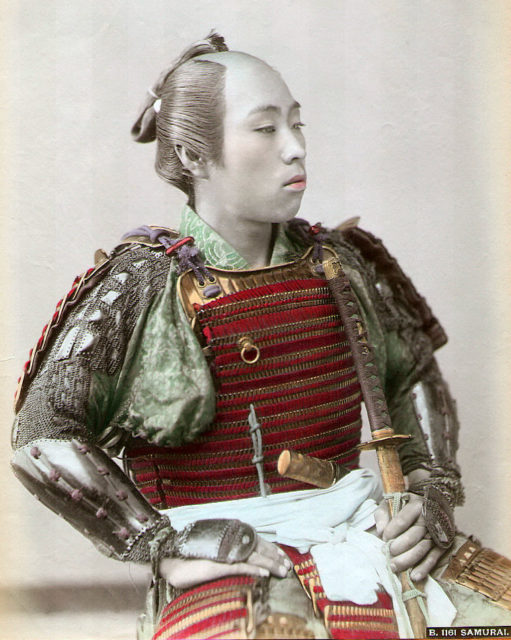
Zen Buddhism, introduced to Japan following the Heian Period, also influenced Japanese art, including that of the samurai. The religion, which also spread through China around this time and can trace its origins to India, “teaches that enlightenment is achieved through the profound realization that one is already an enlightened being.” Given this, scripture and deities can only provide minute assistance.
End of feudalism in Japan
The samurai continued to play a pivotal role in Japanese leadership through the various Sei-i Taishōgun who fought for power. By the middle of the 19th century, during the rule of the Tokugawa shogunate, the feudal system, which upheld the very structure of shogunates, began to crumble. Famine, poverty and the arrival of Westerners triggered unrest in the peasant population.
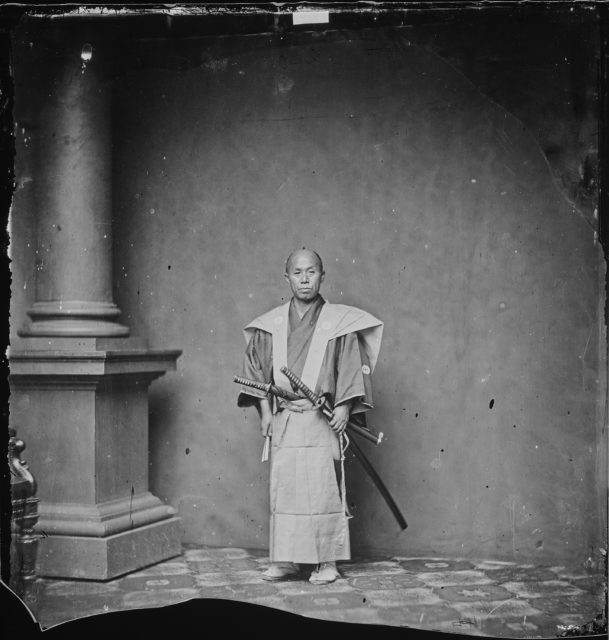
The friction between feudal leaders and workers intensified when Cdre. Matthew C. Perry of the US Navy arrived in Japan, tasked with encouraging trade with the United States. In July 1858, Japan and the US signed the controversial Treaty of Amity and Commerce, which prompted movements across the country that resisted the shogunate and called for the restoration of the emperor. Despite their high-profile role in the shogunate, a number of samurai also called for this.
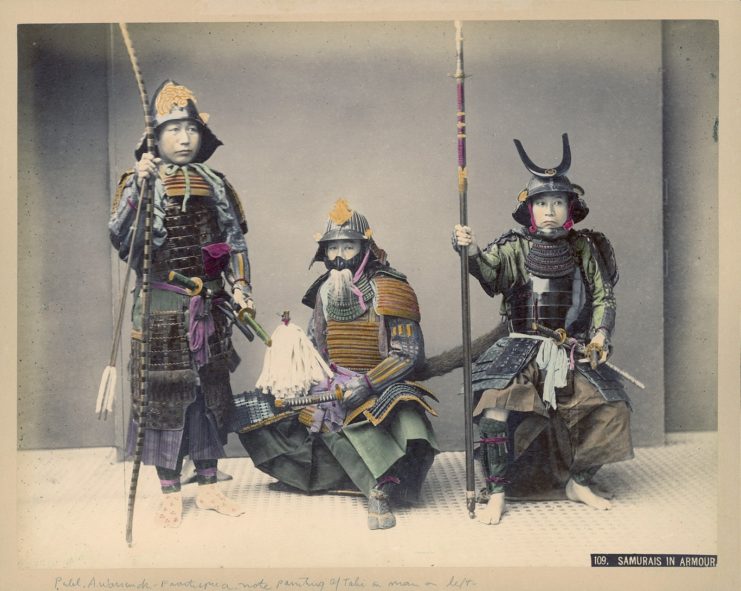
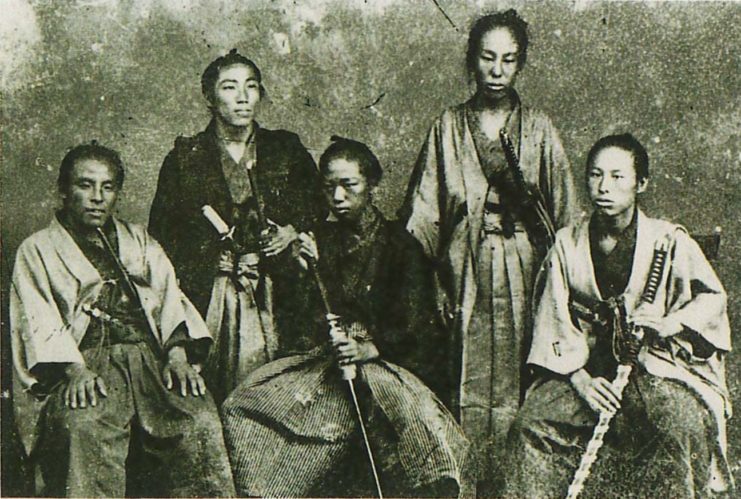
In 1871, Japan abolished the feudal system that had been in existence for seven centuries. This had a negative effect of the status of the samurai, who subsequently lost their privilege and their swords. A number of rebellions occurred, with victory awarded to the Imperial Japanese Army each time. Some joined underground organizations that aimed to incite conflict in China, to distract Japan’s military force.
Taking inspiration from the samurai
By 1912, the once-divided Japan was swiftly becoming a military competitor on the world stage, something that became evident following the end of World War I at the Paris Peace Conference, where the country was recognized as one of the “Big Five” global powers.
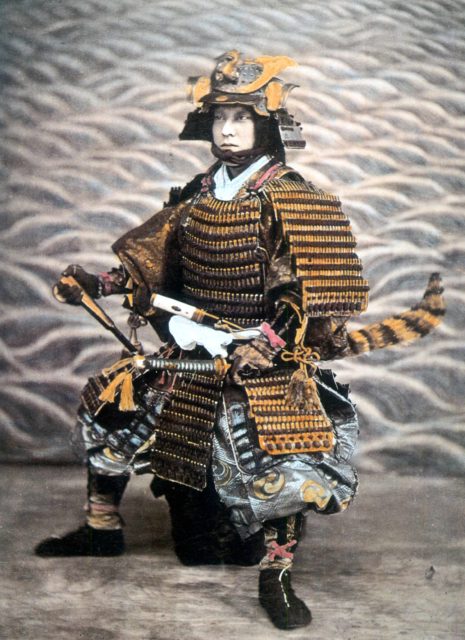
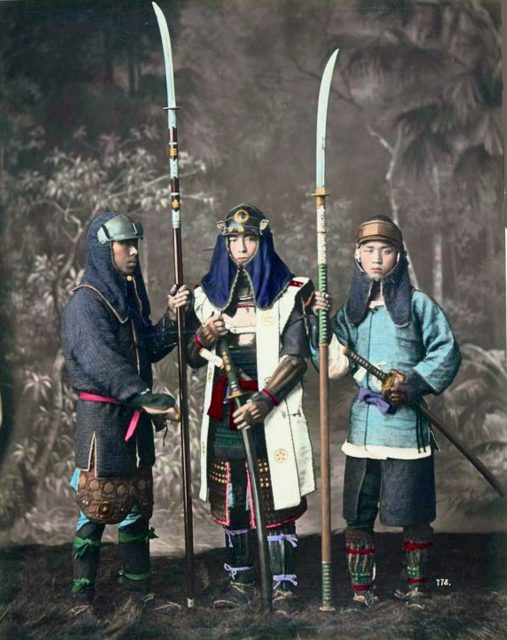
More from us: The Most Fearsome Military Units of All Time
During the Second World War, many Japanese soldiers brought antique samurai swords or traditional katanas into battle as a way of portraying the prowess, skill and intimidation the fighters represented. They also continued the tradition of “banzai” attacks, wherein soldiers relentlessly fight until they die, reminiscent of the samurai principle of death before defeat, to preserve honor.
The post Rare Photographs Reveal the Honorable History of Japan’s Samurai appeared first on warhistoryonline.
Post a Comment
0 Comments